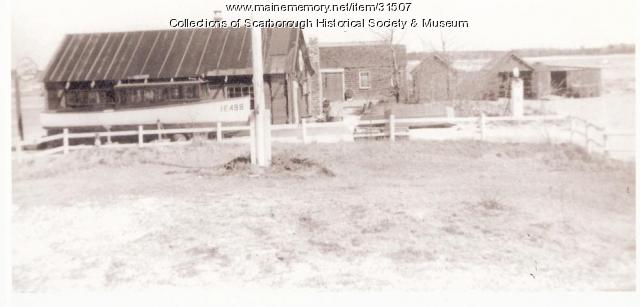Keywords: British Royal Navy
Item 62539
Chart of the Penobscot River, ca. 1779
Contributed by: Maine Historical Society Date: 1779 Location: Castine Media: Ink on paper
Item 9192
Navy patrol bomber, Presque Isle, ca. 1945
Contributed by: Presque Isle Air Museum Date: circa 1945 Location: Presque Isle Media: Photographic print
Exhibit
Britain was especially interested in occupying Maine during the Colonial era to take advantage of the timber resources. The tall, straight, old growth white pines were perfect for ships' masts to help supply the growing Royal Navy.
Exhibit
The British capture and occupation of Eastport 1814-1818
The War of 1812 ended in December 1814, but Eastport continued to be under British control for another four years. Eastport was the last American territory occupied by the British from the War of 1812 to be returned to the United States. Except for the brief capture of two Aleutian Islands in Alaska by the Japanese in World War II, it was the last time since 2018 that United States soil was occupied by a foreign government.
Site Page
View collections, facts, and contact information for this Contributing Partner.
Site Page
Scarborough: They Called It Owascoag - Maritime Tales: Shipyards and Shipwrecks - Page 1 of 2
"… and straight boards for the ships of the King’s Royal Navy. Most of the pines measured about a yard across and one hundred feet high and grew so…"








